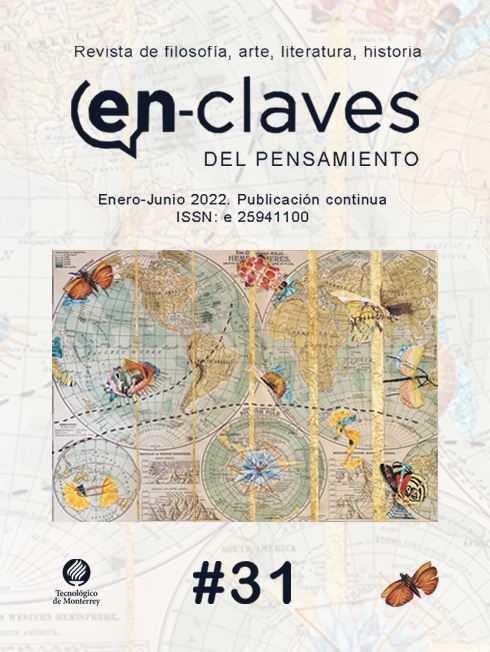Diversities: Photoetnography, Coeducation and Moral Vulnerability
Main Article Content
Carlson, Elizabeth, Joan Engebretson y Robert M. Chamberlain. “Photovoice as a Social Process of Critical Consciousness”. Qualitative health research 16, núm. 6 (2006): 836-852.
Cerezo, Marta, Francisco Javier Frutos-Esteban y Carmen López San Segundo. “Fotoidenti(e)dades: investigación-acción participativa, mediación cultural y educación”. Tecnologías y cultura digital socialmente responsables e innovadoras, 299-310. Gijón: Ediciones Trea, 2019.
Declaración de Pekín. “Informe de la Cuarta Conferencia Mundial sobre la mujer”. 1995. http://www. un. org/womenwatch/daw/beijing/pdf/Beijing% 20full% 20report% 20S.pdf.
Escobar, Modesto, y Carlos Tejero. “El análisis reticular de coincidencias”. Empiria: Revista de Metodología de Ciencias Sociales 39 (2018): 103-128.
Estela, Carmen. “Coeducación conceptualizada desde la perspectiva de la diversidad de género, étnico-racial, de clase, lengua y orientación sexual para América Latina. Contribución a la descolonización y despatriarcalización de la educación”. Atlánticas – Revista Internacional de Estudios Feministas 2, (2017): 117-133.
Frutos-Esteban, Francisco Javier, Kerman Calvo Borobia y Beatriz González de Garay. “Proyecto Orla 2.0. La construcción de la identidad a través del retrato fotográfico”. La mirada mecánica: 17 ensayos sobre imagen fotográfica. Madrid: Fragua, 2016.
Frutos-Esteban, Francisco Javier, y Carmen López-San Segundo. “FotoC3: ciudadanía, creatividad y cuidado”. Buenas Prácticas en Calidad de la Universidad de Salamanca, 47-48. Salamanca: Universidad de Salamanca, 2020.
Honneth, Axel. “Recognition and Moral Obligation”. Social Research 64 (1997), 28.
Laroche, Gilles. “Responsible Research and Innovation from an EU Commission’s Perspective”. Franco-British Workshop on Responsible Innovation. From Concepts to Practice, 2011. https://www.dailymotion.com/video/xj5m5y.
López-San Segundo, Carmen y Francisco Javier Frutos-Esteban. “Sendas_Fotovoz en Gomecello: identi(e)dad y fotografía participativa”. Edad e identidad en Castilla y León, 197-220. Salamanca: Diputación de Salamanca, 2018.
Puig, Josep M. Aprendizaje servicio (APS). Educación y compromiso cívico. Barcelona, Graó, 2009.
Ramos, Mar. “El método del proyecto en los estudios de grado en Comunicación Audiovisual el Festival de Cortos AdN como ejemplo aglutinador de competencias”. Historia y Comunicación Social 19 (2014): 779-790.
Romero-Frías, Esteban y Nicolás Robinson-García. “Laboratorios sociales en Universidades: Innovación e impacto en Medialab UGR”. Comunicar 25, núm. 51 (2017), 29-38.
Sanches, Mario Antônio, Mariel Mannes y Thiago Rocha da Cunha. “Vulnerabilidad moral: lectura de las exclusiones en el contexto de la bioética”. Revista Bioética, 26 (2018), 39-46.
Simpson, Andrew. “Museums and Collections, Epistemic Convergence and Higher Education”. Humanities and Higher Education: Synergies Between Science, Technology and Humanities, 209-215. Barcelona: Global University Network for Innovation, 2019.
Wang, Caroline, y Mary Ann Burris. “Photovoice: Concept, Methodology, and Use for Participatory Needs Assessment”. Health Education & Behavior 24, núm. 3 (1997): 369-387.













